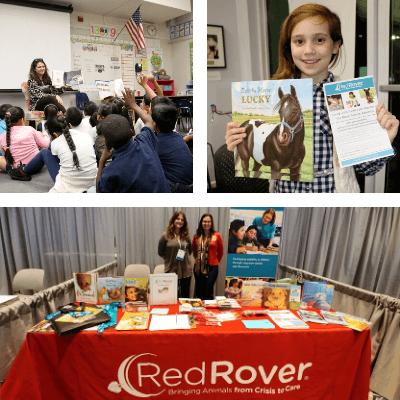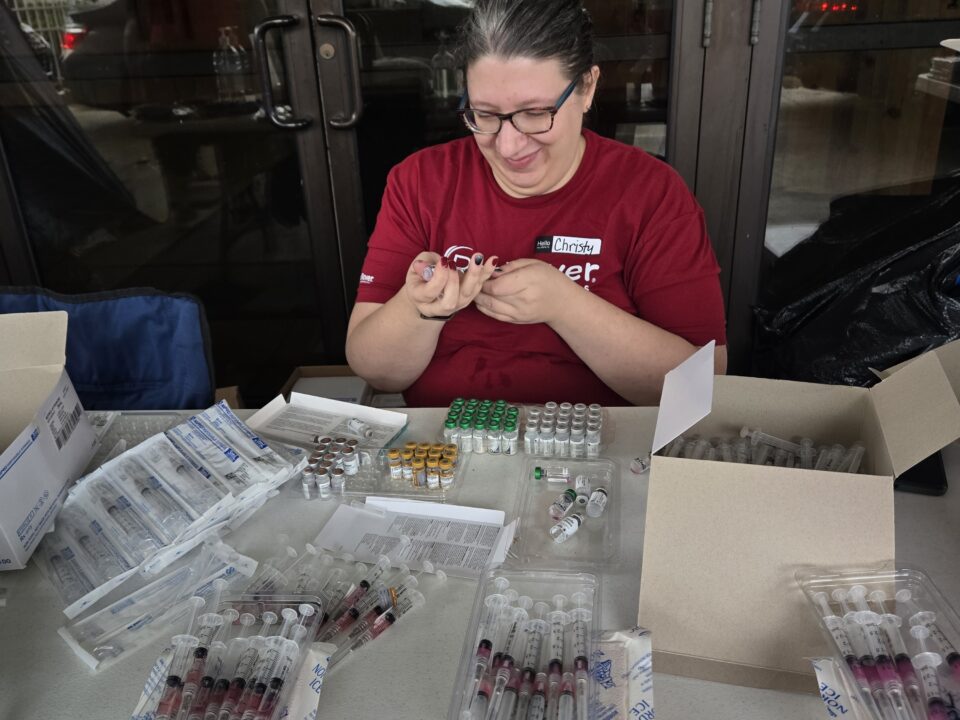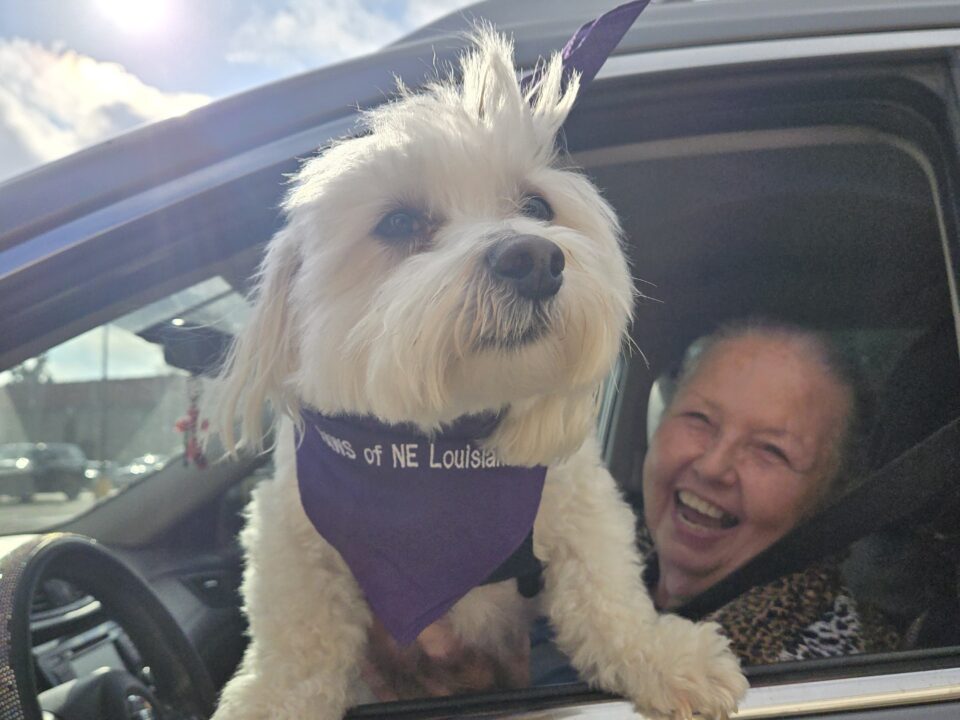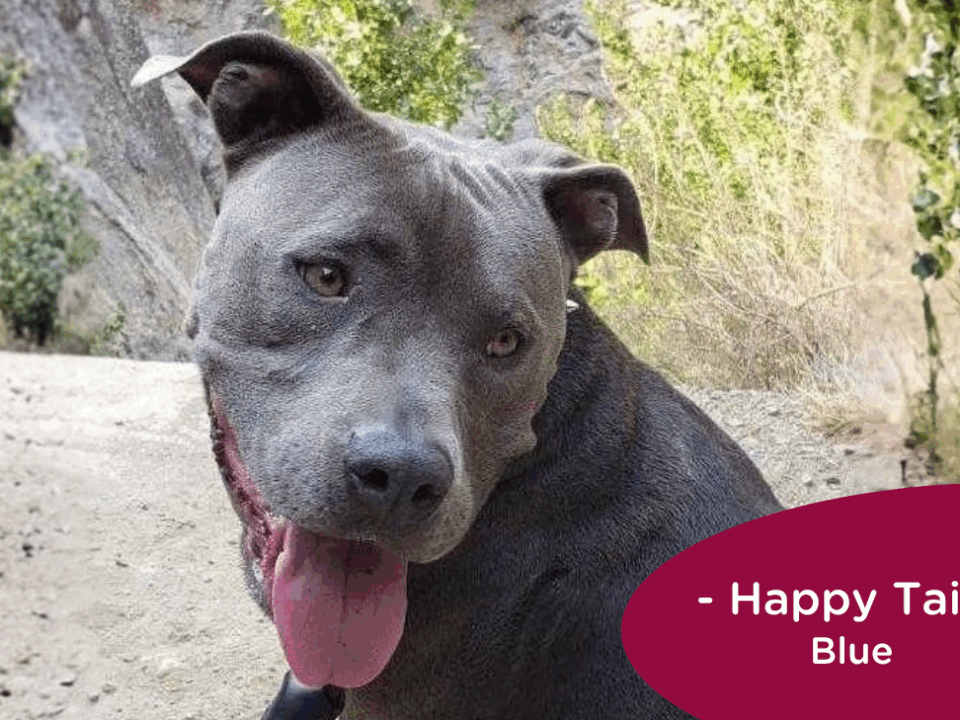A Humane Education Program for Kids and Animals
December 4th, 2019
By Tara Lenehan, RedRover Education Coordinator
Social and emotional learning (SEL) is the process through which children and adults understand and manage emotions, set and achieve positive goals, feel and show empathy for others, establish and maintain positive relationships, and make responsible decisions. – CASEL
 The Collaborative for Academic, Social, and Emotional Learning (CASEL) held their first-ever conference this past October. More than 1,500 attendees from 48 states and 30 countries came to the sold-out Chicago conference to collaborate, share ideas and learn from each other to ensure students are receiving innovative and sustainable social and emotional learning (SEL) models. Among 50 other exhibitors, RedRover stood out as the only SEL program that focuses its standards-aligned curriculum on the human-animal bond.
The Collaborative for Academic, Social, and Emotional Learning (CASEL) held their first-ever conference this past October. More than 1,500 attendees from 48 states and 30 countries came to the sold-out Chicago conference to collaborate, share ideas and learn from each other to ensure students are receiving innovative and sustainable social and emotional learning (SEL) models. Among 50 other exhibitors, RedRover stood out as the only SEL program that focuses its standards-aligned curriculum on the human-animal bond.
While many programs focus on the relationships students have with their peers, RedRover Readers focuses on the relationship students have with their peers and with animals. Animals are safe to talk about: they are neutral, non-judgmental and love unconditionally. Animals are also familiar, as most students have had at least one experience with an animal.
The RedRover Readers program uses each of its 20 books and teaching guides to explore the human-animal bond in a way that allows students to practice taking the perspective of others. The curriculum provides students the opportunity to recognize and interpret the characters’ body language and relate colorful images and story-lines to what might be happening in their own lives. Students are asked to think of how both human and animal characters in the books might be feeling, rather than being told explicitly. We ask open-ended questions (e.g. How, Would, Could, What if…?), so there are no right or wrong answers. This method creates a safe place for students to think and speak freely. Without the fear of judgment in their learning environment, conversations and discussions flourish!
Just as the RedRover Readers curriculum strategies work so powerfully in the classroom, we saw these same methods work during the conference. Attendees at the CASEL conference naturally gravitated toward the animal-themed covers of program books displayed at our booth. Without much prompting, people wanted to know more, and in many cases they took out their phones to show us pictures of their own animals and tell us personal stories about them. Before long, everyone was sharing about the strength of their own bonds with their animals!
As I have had time to reflect on my experience at the SEL Exchange conference, I’ve recognized that the RedRover Readers program is unique, and there is a clear need for SEL-based humane education in our school systems. Not only can a humane education program like RedRover Readers help students practice self-awareness, responsibility and relationship skills, but it’s a program that can benefit the whole family – paws and all.
Learn more at RedRover.org/Readers.



